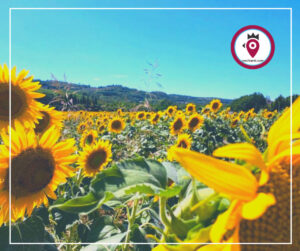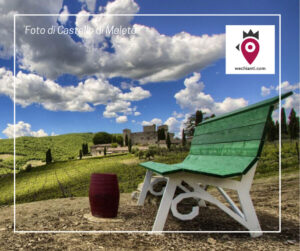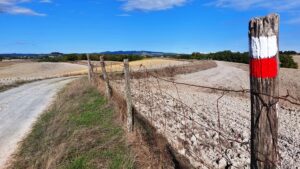Articolo disponibile anche in: Italian
Over 48 million tourists visited Tuscany in 2018, + 3.8% compared to 2017.
The regional statistics office has analysed the first overall data on the inbound visits to Tuscany for the year 2018, and the data confirm a new record with an increase, compared to 2017, of over 1.7 million more overnight stays.
As a general trend, trips are getting shorter – this data was confirmed in 2018, although it’s slowing down compared to previous years (from 3.4 days in 2017 to 3.3 in 2018).
Specifically, the art cities (+ 6.8%) and the countryside (+ 6.5%) record the greatest increases in visitor numbers.
Pisa and Arezzo are doing very well, with a + 25% and + 18%, but growth continues at very high rates in Florence (+ 4.6%) and Lucca (+ 4.7%). It should be noted that Prato (+ 3.3%) and Pistoia (+4.7) have also had more visitors last year.
In the rural areas, great performances for Terre di Valdelsa and Etruria Volterrana (+ 11.7%), for the Val d’Orcia (+ 11.1%) and for the Valdarno Aretino (+ 16.4%). Both Valdichiana and Arezzo from Siena are close to double figures (+ 8.7% and + 8.6% respectively), while the results of Chianti, Valtiberina and Empolese / Valdelsa are more contained.
Valdinievole shows an increase which is below the average (+ 3.1%) but which is definitely interesting because it consolidates the recovery of this area seen in recent years. The numbers of visitors to the coastal areas were very stable (+ 0.02%) with positive results for Livorno (+ 6.5%) and Maremma Sud (+ 3.0%); Versilia, Maremma Nord and Costa degli Etruschi registered the same numbers as the previous year. The Elba Island (-1.3%) and, above all, the Apuan Riviera (-4.1%) confirm their negative trend.
The mountain areas record the only negative figure in the region (-1.3%). The only areas where we see an increase of visitors are: Amiata, Lunigiana and the Montagna Pistoiese, the mountainous area near Pistoia. Negative results for Mugello and Garfagnana; Casentino confirms same amount of visitors.
Analysing the data by quarter: strong increase in the first quarter (January / March + 11.2%) – this data is partly misleading because of the very early 2018 Easter. Spring looks very good (April / June + 4.1%); substantial growth considering that the Easter weekend was not included.
In the Summer the number of inbound visits grew a bit, but the growth was below average (+ 1.8% July / September). The growth (+ 5.5%) that was registered in the last quarter (October / December) is extremely interesting.
The number of foreign visitors increased more (+ 4.1%) compared to that of Italian tourists (+ 3.4%), but the gap between them was much smaller than in the previous years.
Fewer Italians visited the coast and the mountains, while an increased number spent their holidays in the Tuscan countryside (+ 5.6%) and in the cities of art (+ 10.2%). The number of foreign visitors decreased in the mountainous areas, while they grew slightly in the coastal areas, and considerably in the countryside (+ 7.0%), consolidating growth in art cities (+ 5.1%).


